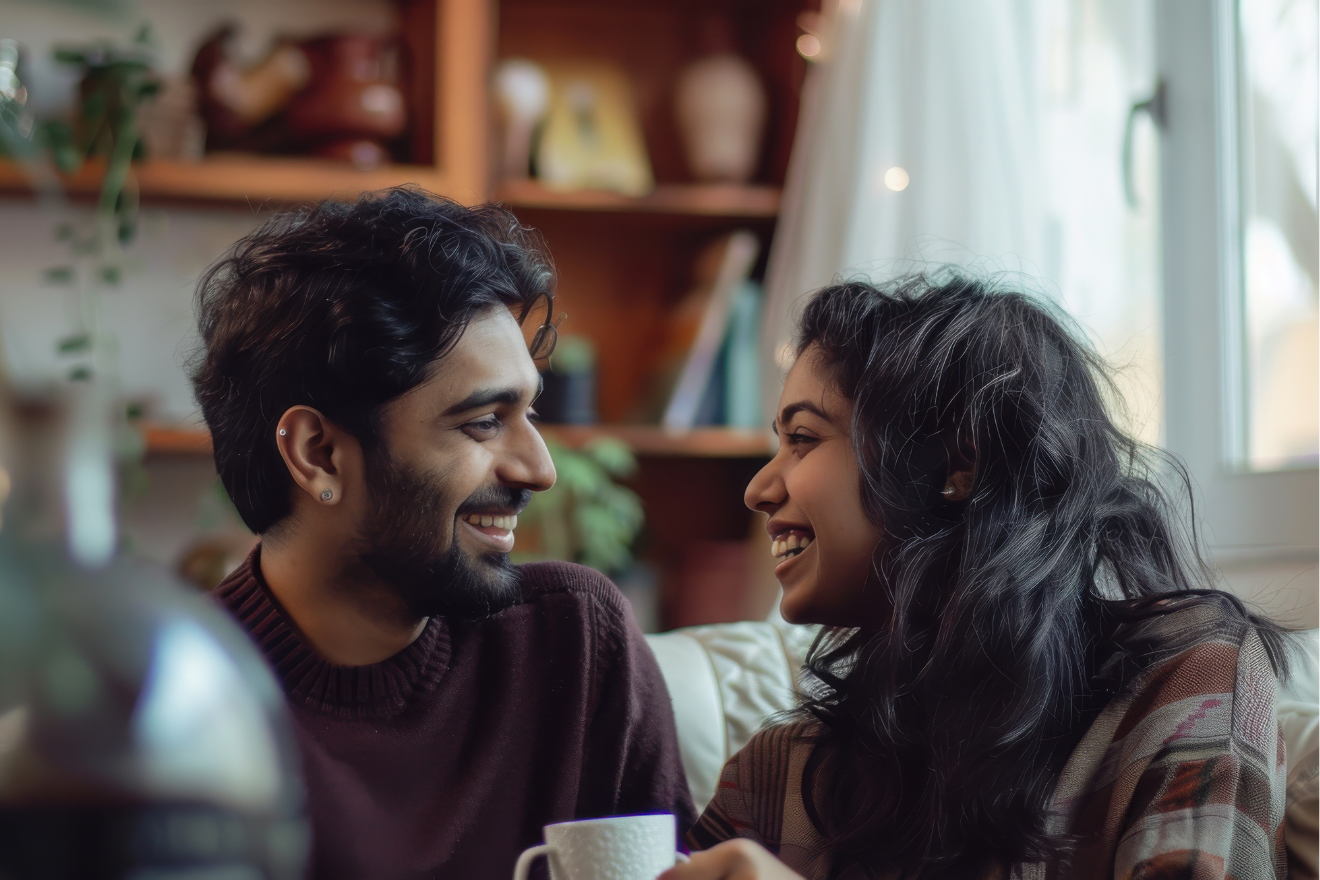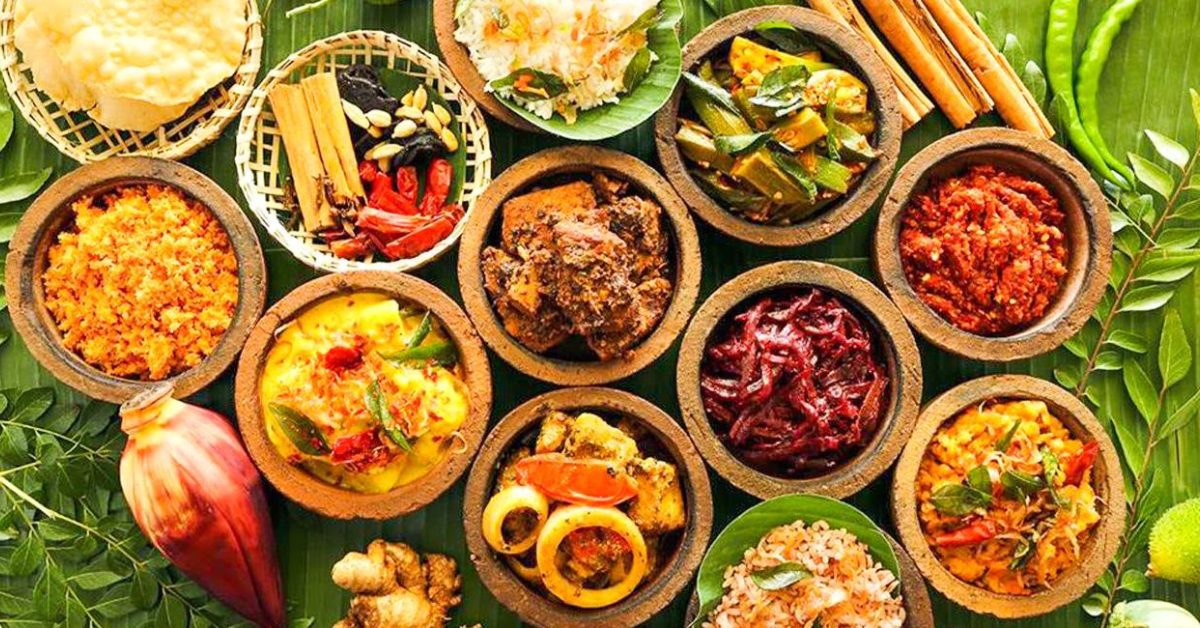
Colour is one of the most powerful, immediate forms of communication we use without realising it. During the festive season—when emotions run high, social calendars are full, and personal expression feels more intentional—our outfit choices are rarely accidental. Whether you reach instinctively for a classic red dress, a deep emerald shirt, a sleek black suit, or a soft gold saree, your selections often reflect subtle psychological cues shaped by mood, memory, culture, and personal identity.
Understanding how colour psychology works can help you dress with clarity: to express how you want to feel, to influence how others perceive you, and to align your outfits with the richness of the season. Below is a human-style breakdown of how colour psychology shapes what we choose to wear during the most emotionally charged time of the year.
Christmas, New Year, and the December holiday period bring a blend of nostalgia, anticipation, generosity, warmth, and even a little social pressure. People attend gatherings, family events, office parties, weddings, and dinners—settings where appearance carries both personal and cultural meaning. When emotions rise, the brain gravitates towards colours that support the feeling we want to embody.
In fashion psychology, this is called enclothed cognition: the idea that what you wear directly influences your emotional state and how you behave. Colours amplify this effect. So during the festive season, outfit colours become part of your emotional toolkit—helping you feel confident, elegant, joyful, calm, or charismatic.
Red is the undisputed queen of Christmas fashion. Culturally associated with warmth, festivity, and vibrancy, red is also psychologically linked to power and confidence. It increases energy levels, stimulates conversation, and draws attention.
During the festive season, many people choose red not simply because it’s traditional, but because it signals presence. If you’re attending an event where you want to feel bold or stand out—like an office party or Christmas dinner—red naturally supports that intention. Red sarees, dresses, shirts, or accessories all communicate a sense of occasion and emotional warmth. For those who feel slightly low or overwhelmed, wearing red can boost your mood as well.
Green is closely tied to nature, balance, and stability. It’s a grounding colour—ideal for those who prefer calm, understated elegance during a hectic period. During December, deep greens and emerald tones rise in popularity because they echo the Christmas aesthetic without being overly bright.
In colour psychology, green reduces stress and promotes emotional clarity. If you want to look polished without dominating the room, or if you’re attending family events where comfort matters as much as style, green is a strong choice. It also works beautifully in traditional attire—emerald lehengas, kurta sets, sarees, and silky blouses look festive without feeling forced.
The festive season is the one time of year where shimmer doesn’t feel excessive. Gold, in particular, works because it triggers associations with luxury, achievement, and celebration. It also enhances skin tone under warm lighting, which is why gold jewellery, embroidery, and metallic fabrics are popular for night events.
Psychologically, gold makes the wearer feel elevated—almost ceremonial. It’s a colour people turn to when they want to feel special or when the moment feels symbolic, like Christmas Eve dinners or New Year’s countdowns. Even a small gold accessory—a clutch, bangle, or subtle shimmer—can shift your mood into celebration mode.
Silver takes a different psychological route from gold. While gold feels warm and grand, silver evokes clarity, modernity, and a cooler kind of sophistication. It’s sleek, futuristic, and often chosen for New Year’s events where the theme leans towards beginnings, transformation, and clean aesthetics.
Silver works beautifully with monochrome outfits, blues, blacks, and greys. For people who prefer minimalistic elegance or don’t enjoy warm tones, silver provides a stylish alternative that still feels festive. In psychological terms, it appeals to those who value precision, simplicity, and calm energy.
Blue is not a traditional Christmas highlight, yet it quietly becomes a staple during the season—especially navy, midnight, and sapphire tones. Blue is tied to stability, sincerity, and depth. It’s a colour that conveys reliability and grace, making it an excellent option for office parties, family gatherings, or more formal celebrations.
Midnight blue suits, sarees, and dresses project refined confidence without the intensity of black. Blue is ideal if you want to appear calm and in control amid festive chaos. It’s also psychologically cooling—useful when emotions feel heightened or social environments feel overstimulating.
Click on here “The Beauty of Grey: Modern Trends in Natural Ageing and Silver Hair Care”
Black remains the universal fallback for those who want to feel composed, empowered, or refined. During the festive season, people reach for black not just because it’s slimming or practical, but because it provides emotional protection. It’s a colour that creates a psychological boundary—you feel more structured, less exposed.
For evening events, black communicates sophistication. For busy schedules where quick outfit decisions matter, black offers mental relief: the assurance of looking polished with minimal effort. At deeper levels, black also appeals to those who want to express quiet authority or prefer understated luxury.
White outfits become more common during end-of-year spiritual events or family brunches. In colour psychology, white hints at renewal and clarity—qualities people seek as the year wraps up. It’s calming, clean, and symbolic.
Wearing white during Christmas or New Year subconsciously expresses a desire to reset, reflect, or simplify. It appeals to those who seek emotional peace amid a busy social season. In South Asian festive wear, white with gold detailing remains one of the most elegant combinations.
Pink rises in popularity during the season for its warm, youthful energy. Dusty rose, mauve, and blush tones communicate kindness and approachability. Pink outfits also evoke nostalgia—ideal for family settings where emotional warmth matters.
Psychologically, pink softens the mood. If you feel slightly tense, pink attire can help you project and experience gentler emotions. It’s the colour of harmony and closeness, making it excellent for intimate dinners or social events with close friends.
Your festive palette isn’t random. It is shaped by:
If you constantly pick red, you may crave energy or visibility.
If you lean toward green, you’re seeking balance.
If you reach for black, you might want emotional structure.
And if gold attracts you, you’re stepping into a celebratory mindset.
Colour psychology quietly shapes the way people dress during the festive season. Your outfit is not just fabric—it’s a reflection of mood, culture, emotion, and identity. When you understand the emotional language of colour, you don’t just dress beautifully; you dress intentionally.
Whether you choose a deep emerald saree, a bold red dress, a sleek black suit, or soft gold jewellery, each shade carries meaning. And during the season of celebration, connection, and renewal, embracing the psychological power of colour can help you feel more aligned, more expressive, and more authentically you.
Click on here “Digital Skills for Women 50+: Thriving in a Tech-Driven World”

SatynMag empowers women with inspiring stories, expert advice, and uplifting content to fuel their strength and dreams
Welcome to Satynmag S Suite, online knowledge platform for career and personal growth. This is where you can empower yourself with cutting edge knowledge, latest know-how and grow.


